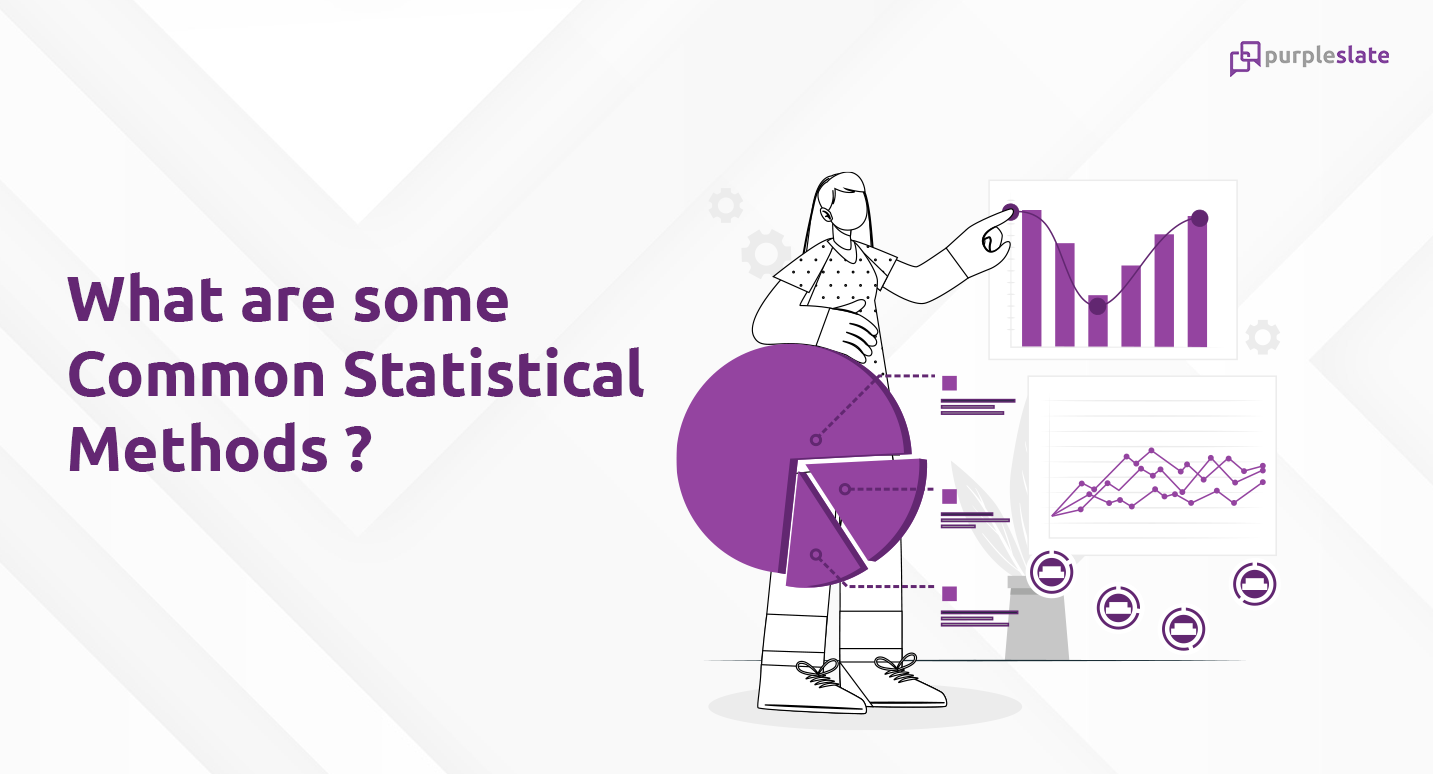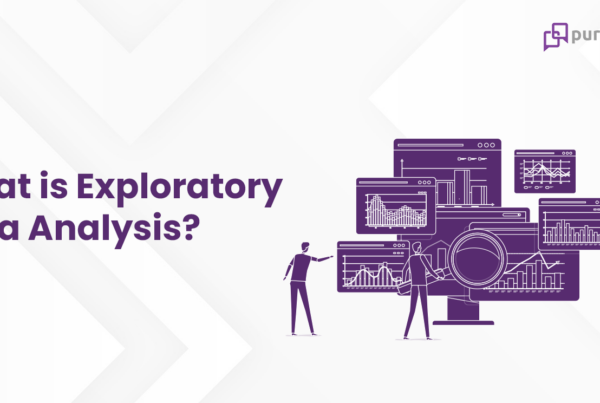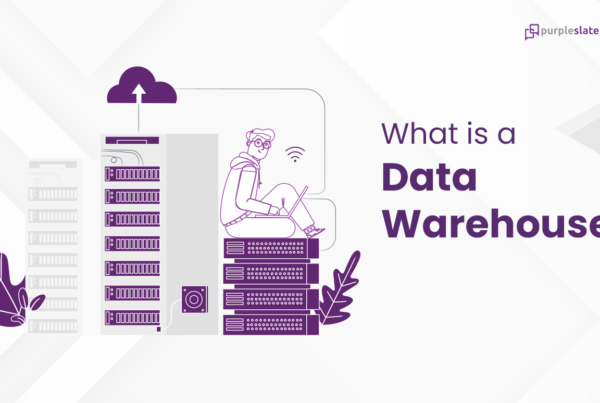
Introduction
Data scientists use a lot of statistics. As a result, these skills are essential for any data scientist who wants to understand their data and make informed decisions about how best to use it. Therefore, we’ll be covering some basic statistical methods that you can use in your day-to-day work as well as some advanced ones that will give you more insight into the inner workings of your data sets. If you’re not familiar with these terms yet or don’t know what they mean, don’t worry! We’ll explain them all here!
Linear Regression
Linear regression is a statistical method used to predict the value of a dependent variable based on one or more independent variables. In other words, it can be used to make predictions about future values and behavior.
Linear regression was first developed in 1891 by R.A. Fisher, who also created the concept of sampling distributions for multiple observations from a single sample with replacement (aka random sampling). It’s often used when you have data where each observation comes from only one person (e.g., an individual person’s height), but that person has many measurements at different times over their lifetime (e.g., if they grow up as an adult). You could use linear regression to predict what someone’s height will be based on their current age, weight and whether they’ve been exercising lately—but only if those factors haven’t changed since the last measurement!
Exploratory Analysis
Exploratory analysis is a method used to explore the data and try to get general ideas about what’s going on in the dataset. It’s often used before performing more rigorous statistical tests, as it can help you see if there are any obvious problems with your data.
For example, one popular exploratory analysis tool is histograms—this one shows how many times each word occurs in our original dataset:
The boxplot shows us how much each value deviates from the mean (a straight line across all values):
Descriptive Analysis
Descriptive analysis is used to describe the data. It is also helpful in summarizing, making a visual summary, and finding the distribution of the data.
Causal Analysis
Causal analysis is a statistical method that can be used to identify causal relationships between variables. This type of research is important because it allows you to see how one variable changes when another change, and if there are any long-term effects that may not have been obvious at first glance.
The main part of the causal analysis involves identifying the independent and dependent variables and creating a model for each one using regression analysis (or other methods). Using models like these helps us understand what happens when one-factor changes, so we can take action based on those results.
Unsupervised Learning
Unsupervised learning is a technique that uses algorithms to analyze data and find patterns. It can be used to find similarities between data, outliers in data, clusters in the data, and trends in the same. Unsupervised learning also helps you identify anomalies in your dataset by finding anomalies or irregularities that are present but not obvious from other perspectives.
The Undeniable Role of Statistics in Data Science
Data scientists use a lot of statistics.
Data science is about extracting knowledge from data, and the methods used to do so are based on statistics. Statistics have been used in many scientific fields for hundreds of years and there’s no doubt that they’ll continue to be an essential part of our future as well.
Conclusion
In the end, we hope this article has given you a better understanding of the types of statistics that data scientists use. We’ve covered some of the most common ones here and explained how they can be used to solve different problems. If you want to learn more about any of these methods or others, check out our blog page!




